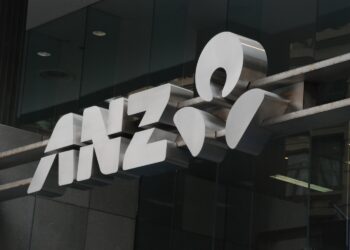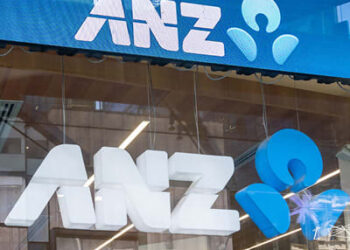The Institutional Applications of ETFs research report, commissioned by SSgA and conducted by Tria Investment Partners, stated while the Australian ETF market is in its early stages, benefits such as greater flexibility, a wider range of investment opportunities and better after-tax outcomes, may increase institutional ETF usage in coming years.
The report said a lack of institutional trading desks and a shallow hedge fund industry were key reasons behind the limited amount of institutional investment in ETFs.
While ETFs are not the ideal solution in for every scenario, the report identified four areas where ETFs could be used to achieve improved client outcomes, including cash equitisation, strategic asset allocation, dynamic asset allocation and transition desks.
According to the report, asset managers overseas consider cash equitisation one of the most effective uses of ETFs.
“The benefits for Australian institutions are even greater, thanks to the favourable treatment of ETFs under the local tax system, including the potential for valuable franking credits,” the report said.
Many Australian institutions are, however, using futures as a cash equitisation tool instead.
The research indicated that in comparison to futures, ETFs are more tax effective and better preserve distributable income.
Futures do, however, have a clear liquidity benefit compared to ETFs.
In terms of strategic asset allocation, the report explained that depending on the size of a mandate, ETFs may offer a lower-cost solution for some institutions – particularly for small scale or niche investments.
Although ETFs do not provide the opportunity to customise investments for the needs of a single investor, they can be bought in just seconds during market hours, unlike mandates, which require one to four weeks.
They also offer the flexibility of making smaller transactions.
The report also referred to the operational efficiency of ETFs, as they allow exposure to the whole of an index in a single trade, can be transacted like a stock and held in perpetuity.
“They are very simple to administer and carry a low level of operational risk,” the report said.
ETFs can also be useful in relation to transition desks in situations where a transition desk needs to liquidate an incoming portfolio exposure in the medium term before moving to the target portfolio.
SSgA head of institutional ETF sales, Shaun Parkin said 2013 had been critical for the development of ETF use by local institutions and that 2014 was likely to be a year of broader adoption.
“The typical enablers of ETF usage – asset consultant due diligence and trustee education, among others – are now being met and this suggests a tipping point within the industry, and we anticipate a material increase in usage in 2014,” said Mr Parkin.







